Whether you’re celebrating Guy Fawkes night in the UK, 4th of July in the USA or Australia Day down under there’s going to be fireworks to photography.
With that comes the fantastic photographical opportunities of capturing those explosive rockets! Photographing fireworks is one of the more difficult subjects to capture, but when done properly the results can be just as eye-catching as the sparkling illuminations themselves.
I’ve got 6 firework photography tips and preparation ideas that you can put to use whenever the occasion comes to shoot.
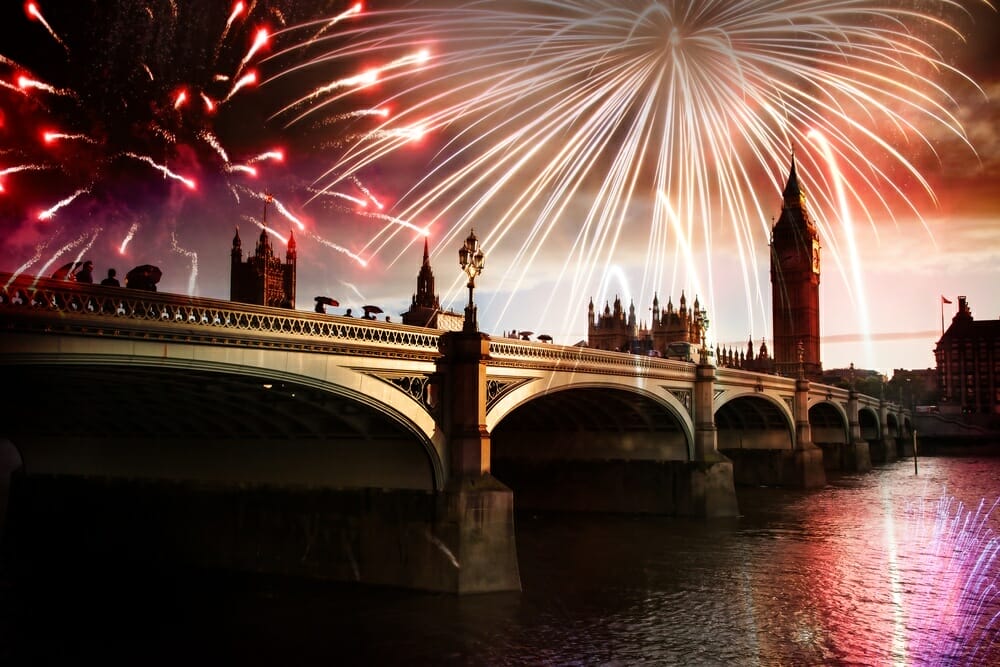
The first piece of equipment to tick off your list, (apart from your camera of course), is a tripod. An equally steady surface will also do the job, anything that will make sure the camera doesn’t shake during the longer exposures that you will need to use (due to the low-lighting conditions).
Another accessory you might find useful is a remote shutter release. This means you won’t have to manually press the shutter button and run the risk of unintentionally knocking the camera as it starts its exposure.
This could be a cable that slips into your sync port on your camera, or you could also make use of your camera’s self-timer, though this will restrict you from being able to time your photographs and capture the action when you want.
Cameras with Wi-Fi may have the option to connect to your smartphone via an app. This can often be used to trigger the camera shutter remotely so that you will be able to see what your lens is seeing too. It’s like a remote LiveView!
Another handy tool to have on you is a small torch or a mobile phone with a flashlight. This will enable you to easily and quickly adjust your settings through the buttons and dials found on the body of the camera (if they don’t have the option to light up).
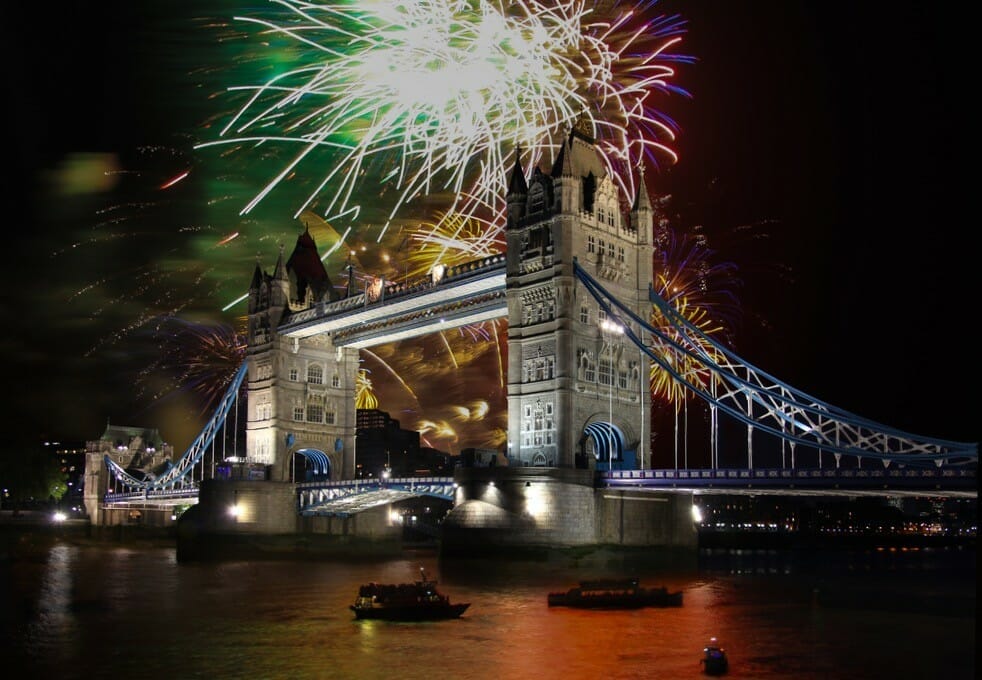
The planning is a key part of any attempt at photographing fireworks; ensure you have a clear (unobstructed) view of the sky. Attempt to avoid including streetlights, car headlamps and other fixed light sources, as these will increase the chances of overexposure when using longer shutter speeds.
The choice of lens you use depends upon the effects you hope to achieve, as well as your distance from the fireworks themselves. There is no need for a particularly wide aperture lens (as normally suggested when shooting in low-light), as anywhere in the range of F/8 to F/16 will provide a deeper depth of field.
For those of you with lenses where it’s possible to set the focusing to infinity, do this – it will help ensure that the entire scene is kept in focus. Furthermore, a low ISO of 100 will produce far less digital noise, for a more pleasing, cleaner, colourful image.
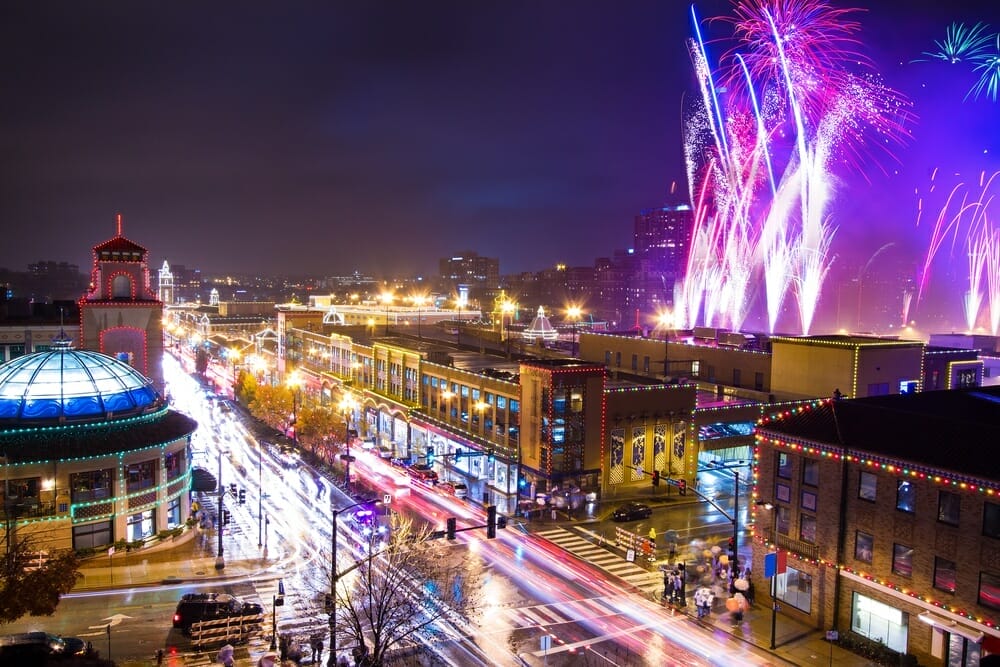
Make sure your camera is set on bulb mode (marked with a ‘B’), or the longest exposure possible, if your camera is not equipped with bulb mode.
Bulb mode will offer you the freedom to try a variety of shutter speeds – it’s likely a fair bit of experimentation will be needed. However, as a starting point, if shooting at F/8, attempt a shutter speed of around 30 seconds. Review this image and adjust from there as necessary.
Although fireworks can be a little hit and miss in the very beginning, treat the first fireworks you shoot as some of the most important to capture.
After a few pops, whizzes and bangs, the sky starts to become hazy with the smoke of the rockets. Therefore, the faster you can test your settings, the better chance you will have of capturing clean shots and images.
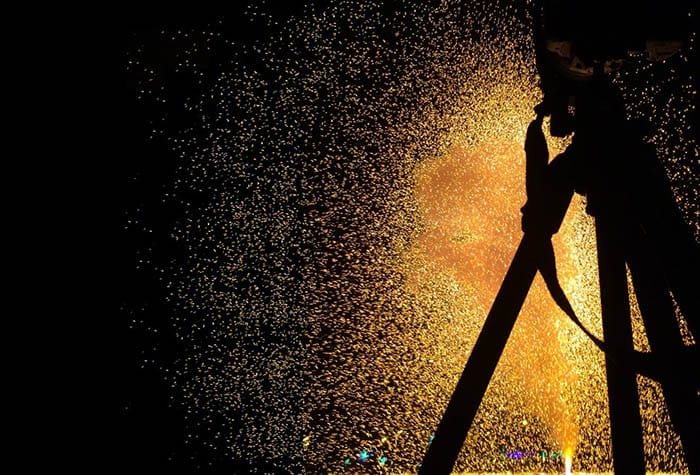
It could prove very useful to take a piece of black card out with you. Why may you ask?
During the long exposure, this can be used to cover the lens when the sky is empty and moved out of the way to catch each explosion.
This allows the camera to record and capture multiple fireworks in the one-shot, without worrying too much about your image becoming overexposed. Be careful not to touch your camera too much to avoid a camera shake!

If you feel confident with the technique visit a few different Firework displays, to add variety to your shots. You could try to incorporate trees, small crowds of people, or parts of buildings to provide striking silhouettes against the backdrop of the fireworks.
Make sure your battery is fully charged and your memory card empty before heading out. Your evening spent photographing fireworks may become a case of trial and error, but remember, you’re free to take as many pictures as your card and battery can handle. Take a spare battery and memory card with you – you just never know!
The more photographs you take the more chances you have of capturing that fantastic firework shot that you set out for.
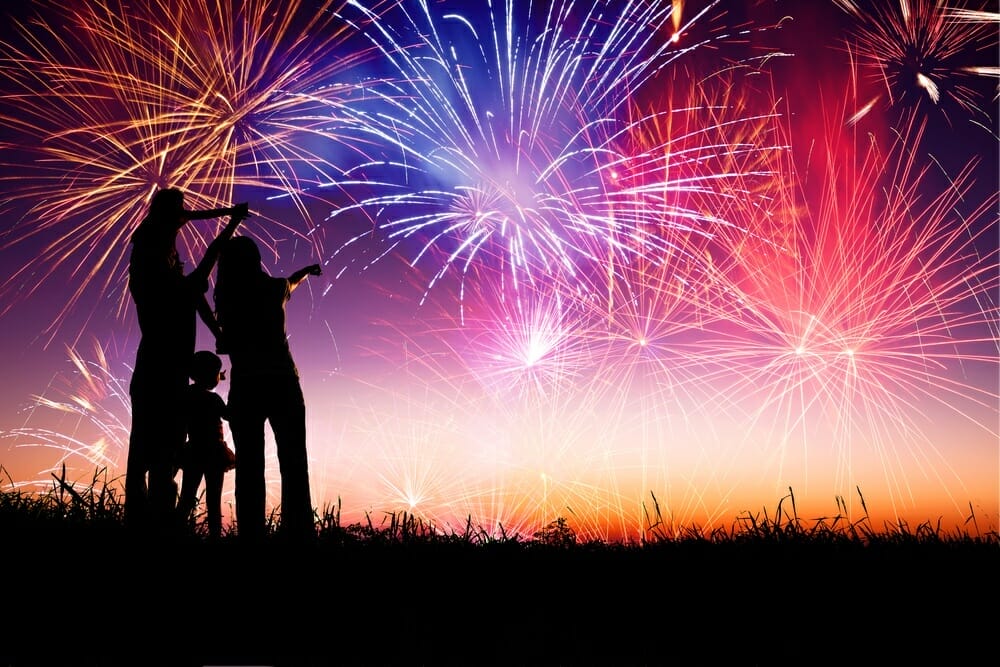
Of course, remember to stay safe out there, fireworks can be dangerous, so follow the safety guidelines set out by the event’s organisers, and keep a safe distance (especially if children or animals are present).
Finally, remember to wrap up warm. A pair of fingerless gloves will prove to be a great friend for the evening.
We would absolutely love to see your attempts in our iPhotography member’s feedback gallery. Please feel free to upload these to share with the iPhotography tutors.
Alternatively tag us in your firework photography on Facebook, Twitter and Instagram.
Discover the BEST way on how to clean a camera sensor using swaps, rocket blowers and pencil brushes to give your shots a dust-free finish!
Capture the magic of the night with our beginner’s guide to night photography. Learn tips and techniques for stunning results.
Master the art of solar eclipse photography with expert tips on equipment, settings, and precautions for stunning celestial images.
Learn the basics of photography – fast – with our FREE 60-Second Photographer online course. Each class is short and sharp with simple, actionable steps that give you immediate results.
x 30 lessons

© iPhotography™
Become a confident and competent photographer in less than 30 minutes!
Before you leave, make sure you’ve secured your FREE online photography course (worth £29.99)
Each class is just 60-seconds or less making it the fastest and easiest way to learn photography!